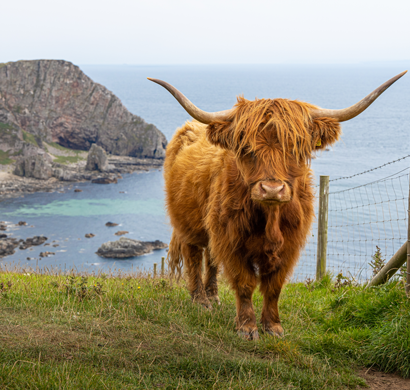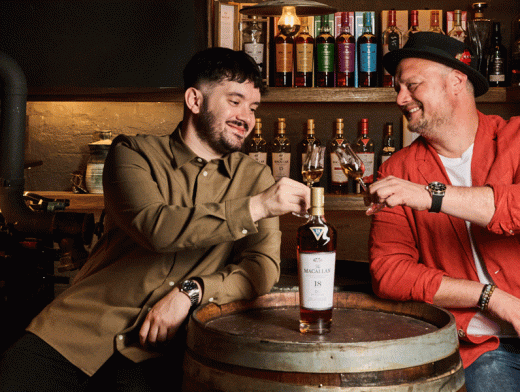Discovering Scotland Beyond the Surface: The Allure of Orkney
As we embark on a month-long exploration of Scotland’s rich whisky heritage, our journey leads us to the picturesque Orkney Islands, located off the north-eastern coast. Known for their breathtaking landscapes and historical significance, these islands offer a unique blend of natural beauty and cultural richness that deeply influences their whisky production. Among the many treasures of Orkney, one stands out: Highland Park Distillery, a beacon of craftsmanship and tradition.
The Allure of Orkney
Orkney is accessible by ferry, cruise ship, or plane, making it a delightful destination for whisky enthusiasts and history buffs alike. The islands’ rolling hills and dramatic coastlines set a stunning backdrop, but beyond their captivating vistas lies a wealth of historical marvels. Sites like Skara Brae, a prehistoric village, and the mystical Ring of Brodgar offer glimpses into a past that dates back thousands of years. The Stones of Stenness, another ancient site, further emphasizes Orkney’s rich archaeological heritage.
The natural environment of Orkney is equally remarkable, boasting diverse wildlife and unique biodiversity. Seabirds, seals, and even the occasional orca can be spotted along the coastline, while the lush landscapes are dotted with wildflowers and rolling farmland. It is in this enchanting setting that Highland Park Distillery has thrived, drawing inspiration from the land and its history.
The Legacy of Highland Park Distillery
Founded in 1798 by Magnus Eunson—a barley farmer, butcher by day, illicit distiller by night, and church officer on Sundays—Highland Park has a storied past. Its origins as an illicit distillery add an intriguing layer to its history. As whisky expert Dave Broom notes in “A Sense of Place,” the relationship between food and its environment is profound. Just as nature influences local ingredients, Scotland’s climate has made barley cultivation a fundamental part of its whisky heritage.
The fertile soils of Orkney, once thought to support only three settlements, have proven to be remarkably suited for barley farming, particularly the ancient Bere Barley. This hardy grain, cultivated for over 4,000 years, thrives in acidic soils and matures quickly, despite yielding less than more common varieties. Historically, Vikings favoured oats for food but turned to Bere Barley for their ale, showcasing its cultural significance. Farmers also used this barley as a means of trade, paying rents and acquiring goods, cementing its role in local economy and society.
A Revival of Tradition
For many years, the whisky industry largely shifted away from Bere Barley due to its lower yields, opting instead for higher-yielding grains such as Laureate and Golden Promise. However, a resurgence of interest in traditional practices led to a revival of Bere Barley in whisky production around 2004. Distilleries like Arran and Bruichladdich began reintroducing this ancient grain, with Bruichladdich now using a remarkable 100 tons of Bere Barley annually in their whiskies.
This revival reflects a growing appreciation for heritage grains and the unique flavours they can impart to spirits. As we delve deeper into Highland Park’s offerings, we see how this commitment to tradition has shaped their distinctive character and quality.









